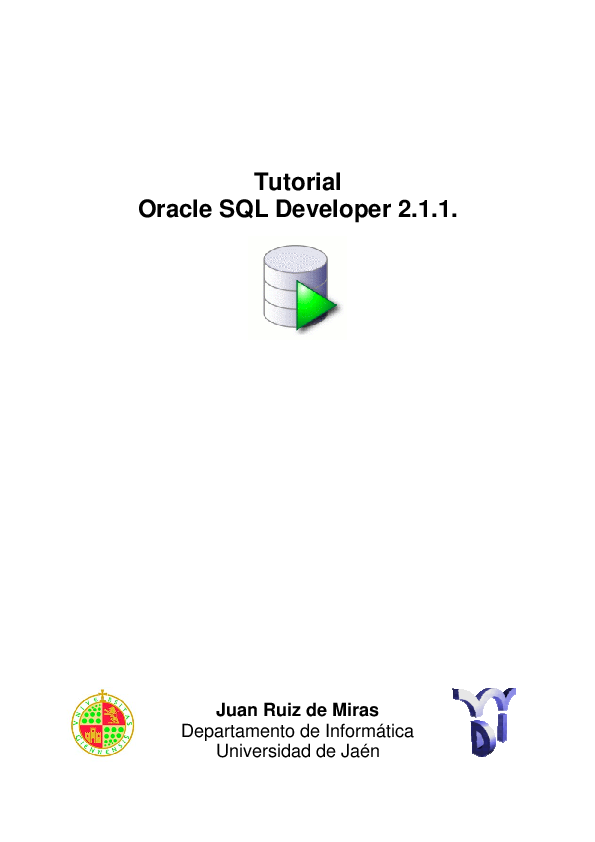

The procedure list_a_rating takes an IN parameter to demonstrate the use of those. The procedure is where the first significant amount of PL/SQL is used. Without a lot of complexity in the schema, it’s hard to have a “real” trigger (or multiple triggers). The trigger is statement level (as opposed to what other level?) based and uses a “NEW” reference.

The table of contents omits mentioning of a trigger used in the schema. Further, use of “NATURAL JOIN” would have been another added/useful syntax example. Another enhancement would be the inclusion of a column alias instead of the column for column mapping between the base tables and the view. A minor modification for the view’s DDL statement would be to have used “CREATE OR REPLACE” instead of “CREATE” by itself. The create view statement also includes an implementation of a key versus non-key preserved view (what does key preservation do for you?). The view appears to be simple (in the context of simple versus difficult), but is, in fact, complex. I would have made the transactions_seq sequence simpler via “create sequence transactions_seq.” As many other defaults were left out in the example, why not go all the way and omit the starting and increment by values? The sequences are pretty basic, but also illustrate variations in the starting number. The DDL statements also show examples of inline and out-of-line constraint creation. The three tables include all major constraints (primary key, foreign key, check, not null and unique and the frequency of DBA candidates who cannot rattle these off in an interview is amazing). Otherwise, the associations can be made via Tools>Preferences>File Types one file type at a time.Īs mentioned, the schema is rich with objects and structure. Upon first use of SQL Developer, the window below appears, and it is a convenient time to make the associations for these very common Oracle files. The first (relatively) minor item is configuring Oracle-related file type associations. Installation of SQL Developer is straightforward, but there are a few steps, which may cause some problems for a beginner and those unfamiliar with what was once known as Project Raptor.
ORACLE SQL DEVELOPER TUTORIAL CODE
I use the term reference structure because the code can be used as a reference for syntax and it illustrates a basic schema or structure complete with referential integrity. Obviously, a quick tutorial is not to make anyone an overnight expert, but as far as expanding upon the Scott schema or the newer sample schemas (HR, OE, SH, etc.) goes, the sample schema in SQL Developer provides a good reference structure or setup. Code within the tutorial shows easy to implement examples of data definition language, data manipulation language, SQL and PL/SQL. Inside of Oracle’s (free) SQL Developer 1.1 product is a tutorial, which includes a little bit about a lot of things in Oracle. The following is an example of the DDL statement for the newly created table.GUI interfaces into Oracle are becoming more and more common, and aside from the heavyweight TOAD, other products include SQL Developer, SQL Manager 2007 and SQL Edge. You have now created a new table using Oracle SQL Developer. You can also use other options in this window, such as Constraints, Indexes, Partitions as per your table requirement. Repeat the action for every new column and after completing the column creation, click on the OK button to create the table.Then specify the column name, it's data type and length, the column can be nullable or not and the default value if any for the column. Click on the PK column if you want to make the primary key column.Then start by specifying columns for the table in the Column section of the window.Choose the table type from the table type drop-down list.Specify the table name in the Name field.Then select the schema from the Schema drop-down list, by default it is showing the current schema.In the Create Table window, first, select the Advance checkbox at right to show all options for the table at the left side of the window.A Create Table window will appear, as shown in below example.

Select New Table option from the shortcut menu to create a table.Then select Table node and do the right click on it.



 0 kommentar(er)
0 kommentar(er)
